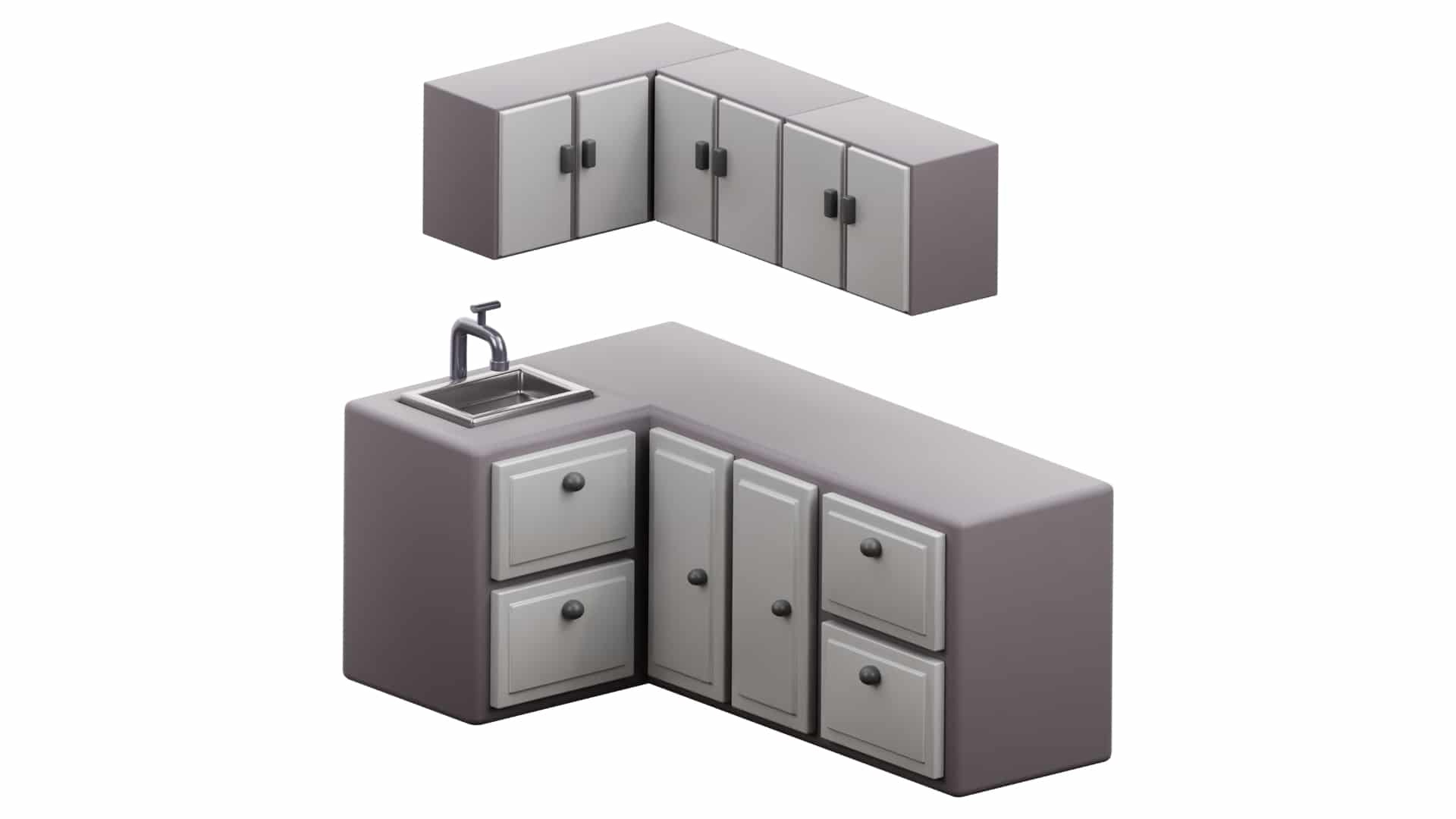Kitchen Cabinet Design Planning and Layout: Kitchen Cabinet Design Guide Pdf

Careful planning is the cornerstone of a successful kitchen renovation. A well-designed kitchen layout maximizes functionality, enhances workflow, and creates a space that is both beautiful and efficient. This section explores key considerations for achieving this balance, guiding you through the process of planning your dream kitchen. We will delve into effective cabinet placement strategies, precise measurement techniques, and sample layouts for various kitchen sizes.
Kitchen Layout Considerations
The design of your kitchen should reflect your lifestyle and cooking habits. Factors to consider include the placement of appliances, the creation of efficient work triangles (between the sink, stove, and refrigerator), ample storage solutions, and the overall aesthetic appeal. Careful consideration of these elements will ensure a kitchen that is both pleasing to the eye and a joy to use.
Measuring Your Kitchen for Cabinet Installation, Kitchen cabinet design guide pdf
Accurate measurements are crucial for successful cabinet installation. Inaccurate measurements can lead to costly mistakes and delays. This step-by-step guide will help you measure your kitchen precisely.
- Wall Measurements: Measure the length and height of each wall where cabinets will be installed. Note any obstructions, such as windows, doors, or pipes.
- Floor Measurements: Measure the length and width of the kitchen floor. Note any irregularities or changes in flooring levels.
- Appliance Dimensions: Measure the width, depth, and height of all appliances, including the refrigerator, oven, dishwasher, and microwave. This is essential for accurate cabinet placement around appliances.
- Window and Door Dimensions: Carefully measure the width and height of all windows and doors in the kitchen. Note the position of windowsills and door frames.
- Cabinet Depth and Height: Standard cabinet depths range from 12 inches to 24 inches, while heights vary depending on the style and design. Determine the desired depth and height for your cabinets before finalizing your measurements.
- Draw a Detailed Diagram: Create a scaled diagram of your kitchen, incorporating all measurements and noting the locations of appliances, windows, and doors. This diagram will serve as your blueprint for cabinet placement.
Imagine your kitchen as a canvas, and these measurements are the lines that define its potential. Precision here will lead to a harmonious and functional design.
Sample Kitchen Cabinet Layouts
Three different kitchen layouts are presented below, tailored for small, medium, and large kitchen spaces. These examples illustrate optimal cabinet placement, appliance integration, and workspace organization.
Small Kitchen Layout
This layout prioritizes maximizing space and functionality in a compact area.
- Layout: A galley-style kitchen with cabinets on two opposing walls. Appliances are integrated efficiently to minimize wasted space. A small island or peninsula can be added if space permits, providing extra counter space and storage.
- Advantages: Maximizes space utilization, creates a streamlined workflow, and is ideal for smaller homes or apartments.
Visualize a small, yet highly efficient kitchen, where every inch is used wisely. This layout ensures that even a limited space can be both stylish and functional.
Medium Kitchen Layout
This layout offers a balance between functionality and aesthetics, suitable for a moderately sized kitchen.
- Layout: An L-shaped design with cabinets along two adjacent walls, creating a spacious work triangle. A central island provides additional counter space and storage. Appliances are strategically placed to enhance workflow.
- Advantages: Provides ample counter space and storage, allows for a comfortable work triangle, and is versatile enough to accommodate various styles.
Picture a kitchen where functionality and style intertwine seamlessly. This layout is designed for both efficiency and aesthetic appeal.
Large Kitchen Layout
This layout emphasizes spaciousness and flexibility, perfect for larger kitchens.
- Layout: A U-shaped design with cabinets along three walls, creating a large work triangle and abundant counter space. A sizable island serves as a central hub for food preparation, dining, and socializing. Appliances are strategically placed to ensure a smooth workflow.
- Advantages: Offers extensive counter space and storage, creates a comfortable and efficient work triangle, and is ideal for large families or frequent entertaining.
Envision a kitchen that is as grand as your culinary aspirations. This layout provides ample space for both culinary creativity and social gatherings.
